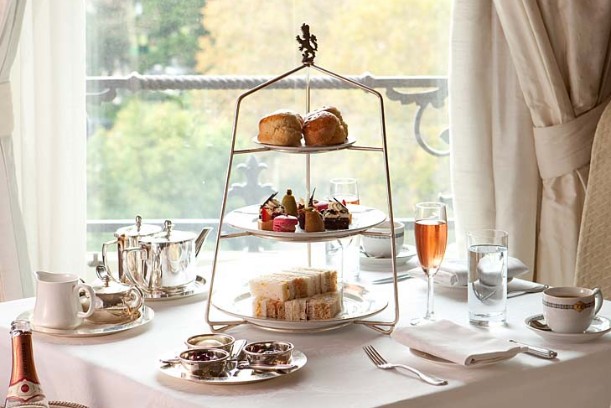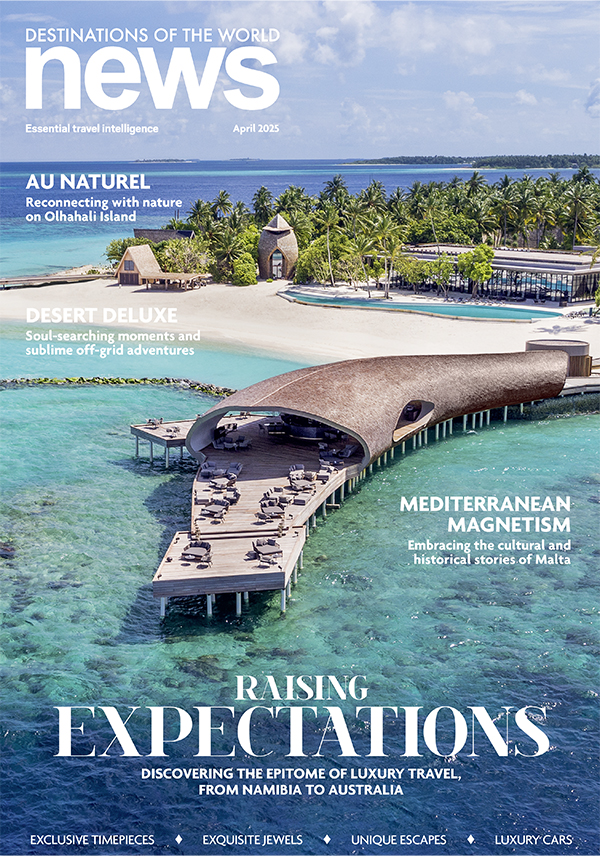Before the Australian capital relocated to Canberra in 1927, the main seat of government was Melbourne’s Parliament House on Spring Street. Opposite it stood the distinguished Hotel Windsor. Surviving to this day, it has become slightly weathered by the hands of time, but is loved no less. In 2010 hundreds of Australians took to the streets to protest the redevelopment of this 127-year-old institute. As clenched fists raised banners overhead, local politician Bob Brown rallied the crowds, and raged that this wasn’t just about Melbourne’s heritage – it was about Australia’s heritage.
The reaction came following Planning Minister Justin Madden’s green light to redevelop the heritage-listed hotel, known affectionately as The Duchess of Spring Street. Adi Halim, director of the Halim Group, owner and developer of the Hotel Windsor, was flabbergasted by the outcry. In Melbourne’s leading newspaper The Age he wrote: “Never did I imagine that the debate would become so crazy that a hotel development would be compared to the bombing of Dresden.” Indeed such a controversial comparison was made in a letter written by the actor Geoffrey Rush, which was read to applauding protesters at the rally outside Parliament House.
Closer inspection is required to understand the plans afoot for this grand dame of Victorian décor, but one thing is clear: Australians have taken this hotel to their hearts.
THE GRAND ERA
Though not as internationally renowned as the grand hotels in fashion capitals, The Windsor in Melbourne pre-dates London’s Savoy, New York’s Waldorf Astoria and The Ritz in Paris. It’s also the only surviving hotel of its kind in Australia, explaining its status as a national treasure.
Built by shipping magnate George Nipper and designed by architect Charles Webb, The Windsor was originally named The Grand Hotel at a time when the concept of ‘grand’ hotels first materialised. The year was 1883 and a love affair with luxury accommodation was blossoming in the trendsetting cities of Europe.
In Australia, the gold boom had fuelled a rivalry between the cities of Melbourne in Victoria and Sydney in New South Wales, with the question of which city is better remaining a heated topic of debate in bars across both cities to this very day.
Though gold was first discovered in New South Wales, Victoria’s jackpot soon followed and was far more bountiful. The gold rush brought some 1,800 prospectors to Melbourne each week, causing the population to increase exponentially. As proud Melbournians were quick to point out, Sydney had been made with convicts while Melbourne was made with gold.
Adopting an air of superiority, the city invested its new wealth in public parks and architectural gems such as Flinders Street train station and Parliament House. It earned the moniker ‘the Paris of the Antipodes’ and was the second largest city in the British Empire. Amid this grandeur The Windsor served its first afternoon tea to ladies of means in long skirts and bonnets, beneficiaries of the gold rush and believers in temperance.
When temperance campaigner James Munro took ownership of the hotel in 1886 he burnt its liquor license and changed its name to Grand Coffee Palace. The ban lasted until 1897, during which time Melbourne’s property market crashed, spelling bleak times for ‘Marvellous Melbourne’.

INSIDE AN ICON
A year after the alcohol ban was lifted, history was made within the Windsor’s walls as politicians, no doubt encouraged by the prospect of a tipple, came to work on the final draft of the Federal Constitution of Australia. When it came into place in 1901 it united Australia’s separate states under the new Commonwealth.
It wasn’t until 1923 that the Windsor adopted its present title, following a visit by the then Prince of Wales. Trendsetting royals were, as always, followed by the celebrities of the day and in its history the hotel has accommodated many legends, some of whom performed at the Princess Theatre next door, including Sir Laurence Olivier, Vivien Leigh, Gregory Peck and Lauren Bacall.
In later years, Anthony Hopkins, Meryl Streep and Mohammad Ali were among the stars to pay a visit, and today’s A-list guests range from Kylie Minogue and Shania Twain to Harry Potter star Daniel Radcliffe.
The clientele may be eclectic, but the décor is devout Victorian. To get a sense of the famous feet that treaded the boards before you, skip through the Belle Époque interior of the Grand Ballroom, ascend the cantilevered Grand Staircase decorated with handmade Minton tiles, visit the vintage elevators with sliding grates and retire to a room fit for a king, or at the very least a Prime Minister.
The most famous long-term occupant was former Australian Prime Minister Sir Robert Menzies, whose suite now bears his name. The oval-shaped drawing rooms in the suites, complete with bureaus, are reminiscent of the world’s most famous oval office, and views of Parliament House add to the ever-present air of importance.
Each extravagantly large room leads to a walk-in wardrobe, and though some 21st-Century mod-cons are missing, small details, like the old-style radios built into the wood panelling of bedside cabinets, make up for any absent conveniences.
The controversial redevelopment may well address these points, but developers say the essence of the hotel won’t be lost. Most of the demolition in the US$260 million plan involves an adjoining block added in 1960 to create more space. Only the rear of the original building will be removed to make way for a tower block of suites set back from the facade, and $32 million of the budget will be spent on restoration and upgrading original features. Expect to see the staircase and elevator returned to their former glory and ladies taking afternoon tea for many more years to come.
FACTS & FIGURES
1883: The year the hotel opened.
180: The number of rooms and suites.
1821: The year British architect Charles Webb was born in Suffolk. He went on to design many notable landmarks in 19th Century Victoria, including the Melbourne Town Hall and Royal Arcade.
11: Years spent as an alcohol-free ‘coffee palace’ during the temperance era.
2,000,000: Number of afternoon teas the hotel has served since 1883.
103: Age of diner Majorie Hummererde, who booked the 2,000,000th afternoon tea and recently won a lifetime pass to dine and stay at the Windsor.
260,000,000: Amount of Australian dollars budgeted for planned renovations to the 127-year-old hotel.






